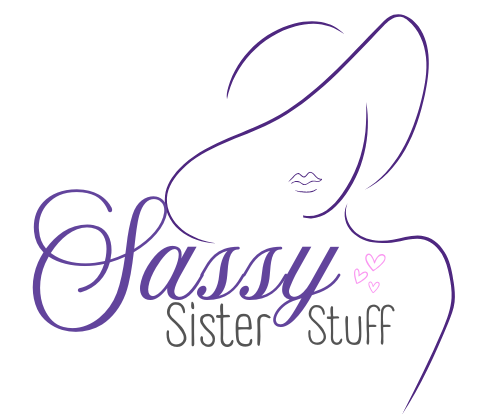15 Everyday Things Gen Z Thinks They Invented (But Didn’t)
Surprising as it may be, many things that seem new or unique to Gen Z have much older origins. Everyday items and trends often have histories stretching back decades or even centuries.
The Fidget Spinner
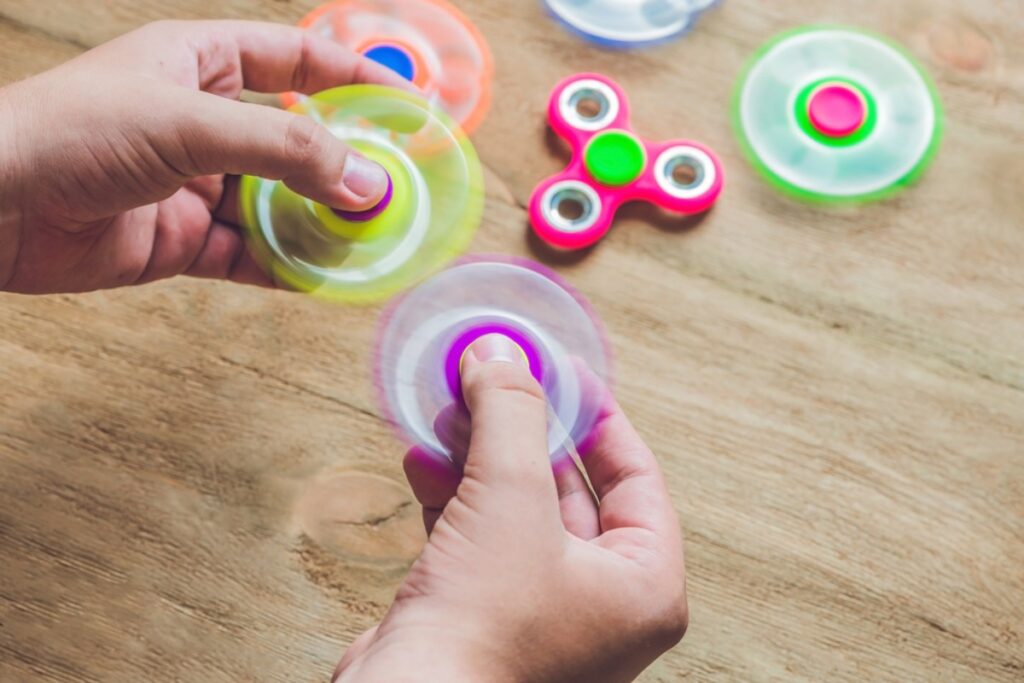
Fidget spinners seemed to appear out of nowhere as a Gen Z craze. Earlier prototypes existed in the 1990s and early 2000s.
The viral surge in 2017 was just the latest chapter for this hand-held toy.
The Scrunchie
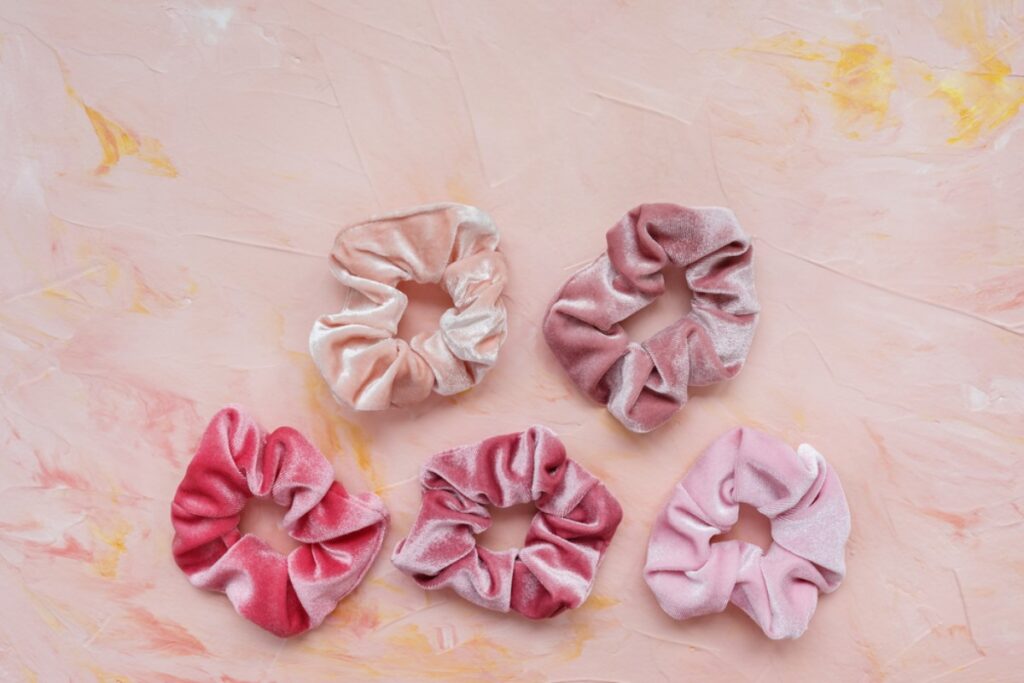
Scrunchies might look like a recent trend, but they first appeared in the 1980s. They were designed as a gentle way to tie hair without causing damage.
Celebrities and fashion icons made them popular decades ago.
The Hoodie

Hoodies aren’t a new Gen Z staple—they date back to the 1930s. Sportswear brands originally created them for workers needing warmth and mobility.
Today’s hoodie is a fashion essential, but its roots go way back.
The Selfie Stick

Selfie sticks might seem like a modern invention, but versions existed in the 1980s and 1990s. People used them with film cameras before smartphones were around.
The idea simply evolved with technology.
The Friendship Bracelet
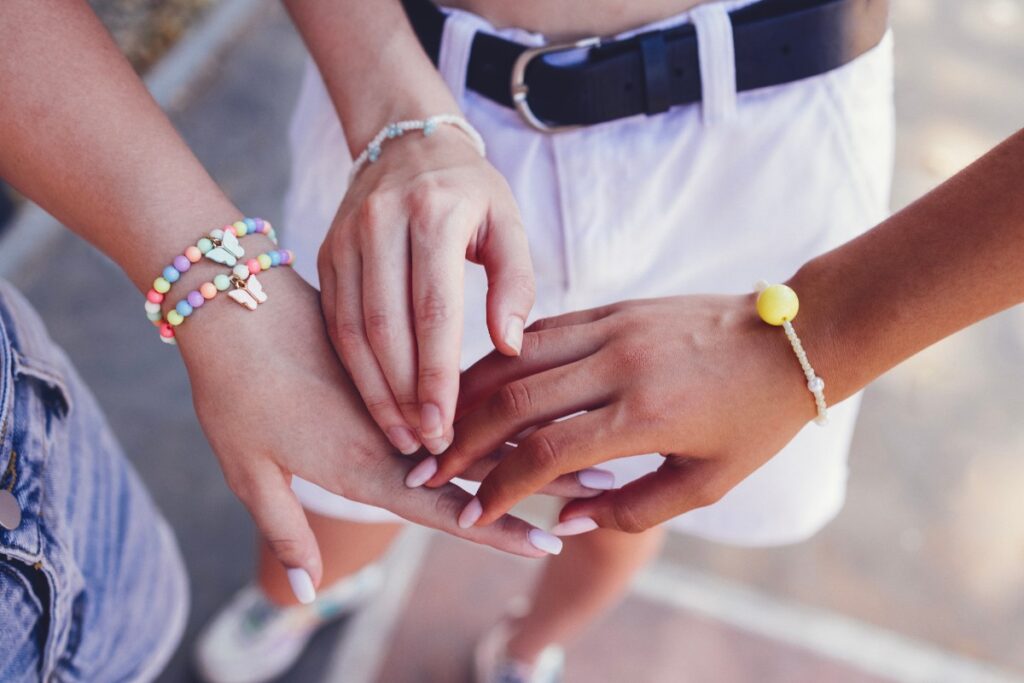
Friendship bracelets have been around for centuries. These woven bands trace back to indigenous cultures in Central and South America.
Making and exchanging them is part of a long-standing tradition.
The Crop Top

Crop tops go back much further than you might think. They were popular in the 1940s and ’50s, worn by Hollywood stars and everyday people.
They made comebacks in the ’70s and ’90s as well.
The Hydro Flask

Insulated water bottles have a history dating to the early 20th century. Hydro Flask simply made them trendy again with new designs and colors.
Reusable bottles have been around for generations.
The TikTok Dance Moves
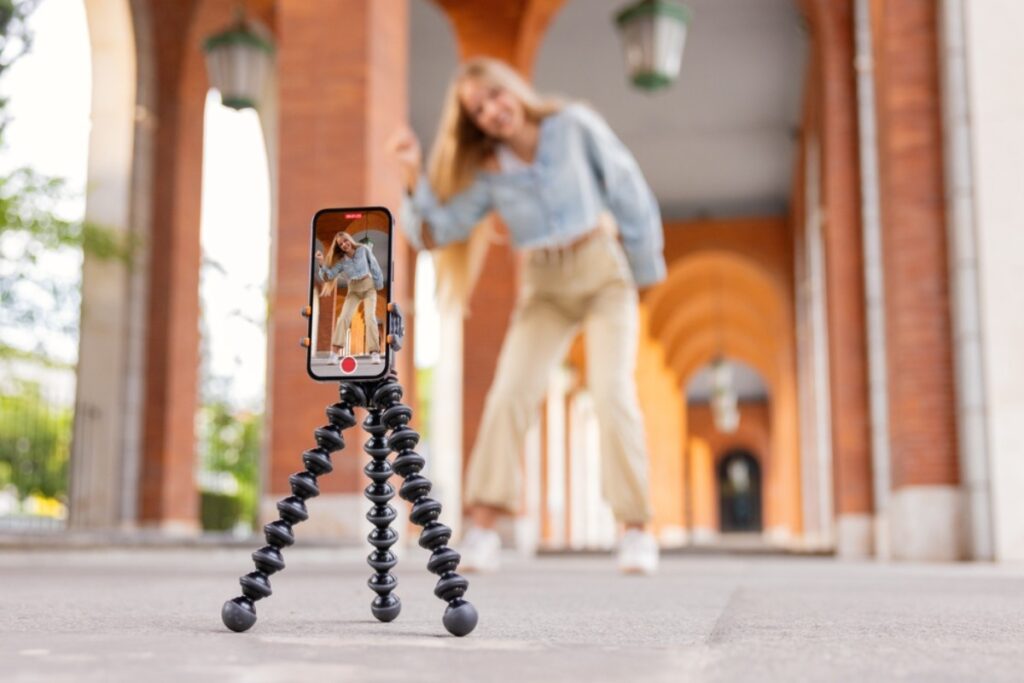
TikTok dance trends build on decades of choreography. Styles from hip hop, jazz, and pop culture dances from the early 2000s all play a part.
Sharing and adapting dance moves is nothing new.
The Avocado Toast
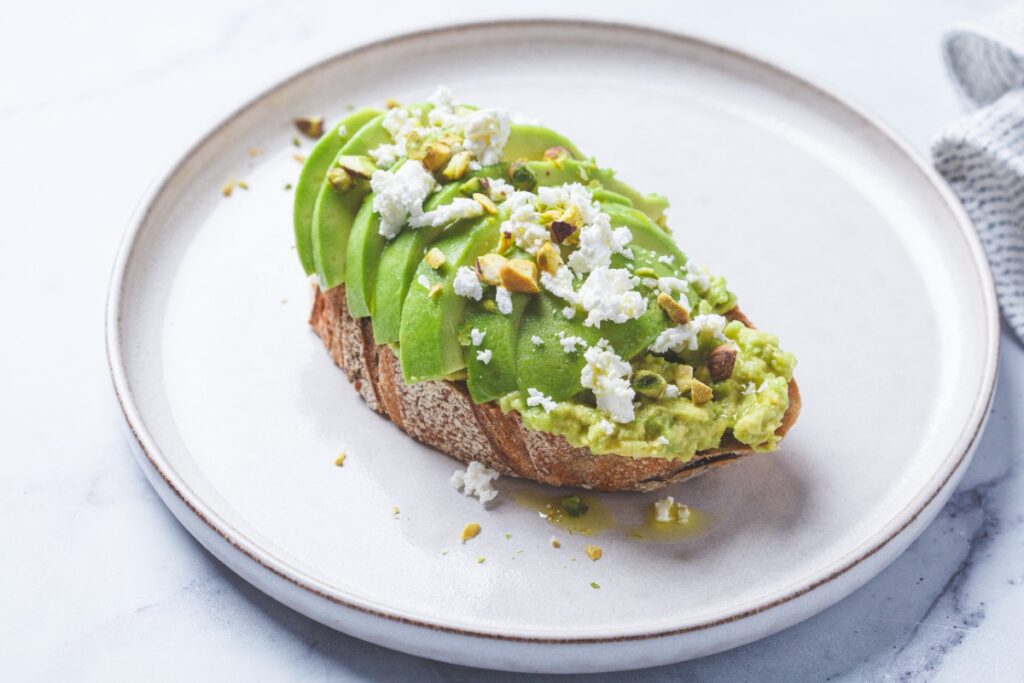
Avocado toast isn’t a Gen Z creation. People in Australia and California enjoyed it in the early 1990s.
Cultures worldwide have combined avocado and bread for generations.
The Meme Culture

Memes have existed since the early days of the internet. Classics like the “Dancing Baby” and “All Your Base Are Belong To Us” shaped meme culture.
The concept of sharing humor through images and text is much older than social media.
The Vine Loop
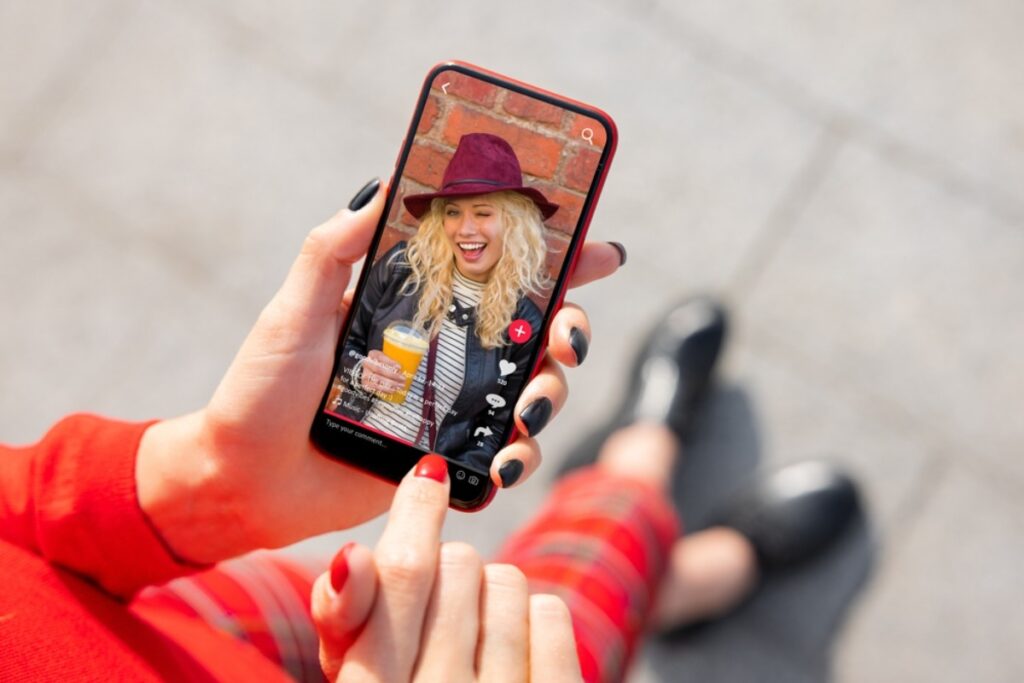
Looping short videos became popular with Vine in 2013. Its six-second clips inspired the looping format seen on TikTok and Instagram Reels.
The addictive loop wasn’t invented by Gen Z, but it’s still going strong.
The Snapback Hat

Snapback hats date back to the 1980s and ’90s. They became popular in hip-hop and sports culture.
The adjustable snap closure has been around for decades.
The Coloring Book for Adults
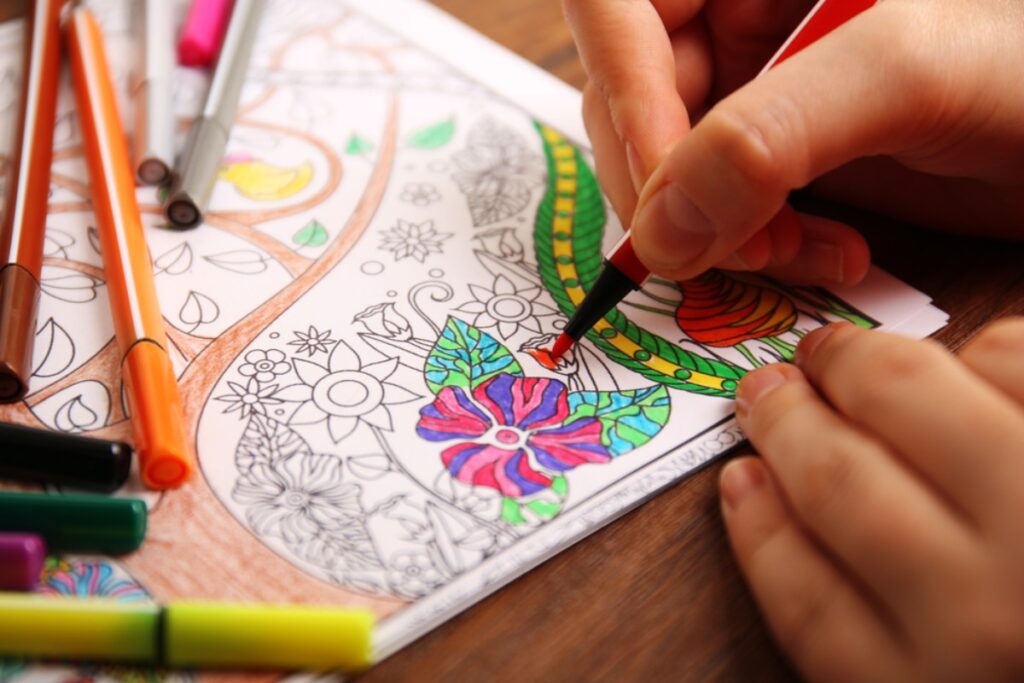
Adult coloring books started gaining popularity in the 1960s and 70s as art therapy tools. By the mid-2000s, publishers began offering intricate designs for adults.
Coloring for relaxation is hardly a new idea.
The Emoji Keyboard

The emoji keyboard first appeared in Japan in the late 1990s. Shigetaka Kurita created the original set of emojis in 1999.
Apple’s introduction of the emoji keyboard in 2011 helped make it mainstream.
The AirPods

AirPods seem like they’re everywhere today, especially among younger generations. However, wireless earbuds were around before Apple entered the scene.
Brands such as Sony and Earin had already released wireless earbuds years earlier. Apple’s approach made them more mainstream and stylish.
Seamless Bluetooth audio has been in development for decades. AirPods elevated this experience with their sleek design and easy usability.
